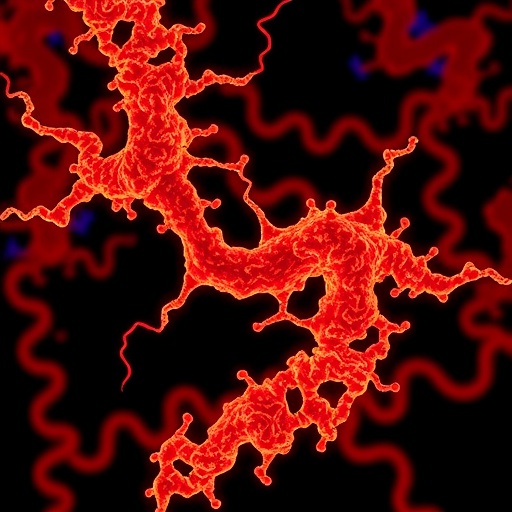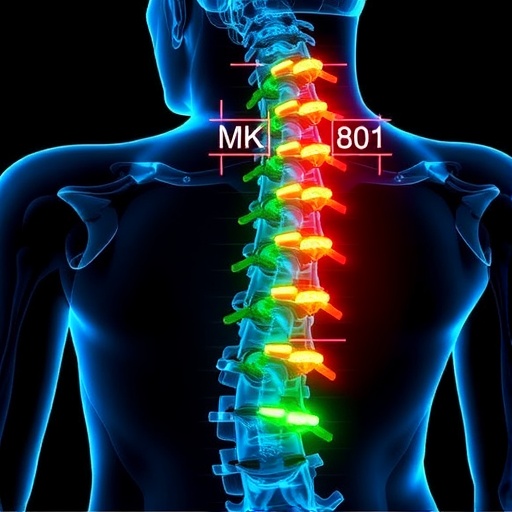
In a groundbreaking study published in the journal Current Transplant Reports, researchers have illuminated the critical importance of standardizing the interpretation of pre-transplant kidney biopsies. As kidney transplants continue to represent a pivotal option for patients with end-stage renal disease, the need for consistent and reliable diagnostic procedures has never been more urgent. The review sheds light on the complexities of kidney pathology and the significant implications these biopsies have on patient outcomes.
Kidney disease remains a silent but pervasive epidemic, affecting millions worldwide. For patients nearing the need for a transplant, pre-transplant biopsies serve as a crucial tool not only for assessing the current state of renal function but also for predicting transplant success. However, inconsistent interpretation of biopsy results can lead to complications, unnecessary treatments, or even adverse patient outcomes. This inconsistency underscores the necessity for a standardized approach in evaluating these biopsies.
As highlighted by Alasi et al., current practices in evaluating biopsies can vary widely based on factors such as the individual pathologist’s experience and the specific institutional protocols in place. These variations can create a landscape where two different pathologists may arrive at divergent conclusions concerning the same biopsy sample. Such discrepancies can cause significant variations in patient management, emphasizing how vital standardized criteria and protocols become in clinical practice.
The team of researchers systematically examined existing literature to identify and compile the various methodologies currently employed in the pathology of kidney biopsies. They noted that while some guidelines exist, there is an acute lack of consensus on specific criteria necessary for interpreting various types of renal indications. This absence of uniformity serves as a barrier to achieving optimal transplant outcomes and challenges the quality of care provided to patients awaiting kidney transplants.
Among the many factors that influence biopsy interpretation are the histological techniques used and the technological advancements in diagnostic methods. The authors stressed that new imaging technologies can significantly enhance the accuracy of biopsy results, leading to improved patient care. Enhanced imaging can provide insights into the renal microenvironment that traditional methods might overlook, allowing pathologists to identify subtle yet critical changes in renal tissue that signify deterioration or the need for intervention.
The consequences of poor biopsies extend beyond mere misinterpretation. Inadequate assessment can unwittingly place patients at an increased risk of rejection post-transplant due to undetected diseases, while over-treatment or misclassification may lead to unwarranted immunosuppression. Hence, Alasi and colleagues argue that fostering a standardized framework could potentially minimize these risks and enhance the overall trajectory of patient outcomes.
Furthermore, the study emphasizes the importance of integrating advanced machine learning algorithms into the biopsy interpretation realm. As artificial intelligence (AI) becomes more prevalent in medical diagnostics, its application in renal pathology offers bright prospects. These technologies could aid pathologists in making faster and more accurate assessments, significantly reducing human error. Setting standardized thresholds for AI-assisted interpretations could also fortify the consistency in diagnostic practices.
Another compelling angle presented in this research is the relevance of education and training for pathologists. The authors suggest that establishing standardized training methodologies for pathologists could help cultivate a more harmonized interpretation approach across various institutions. Continuous professional development and awareness of the latest advancements in renal pathology can empower pathologists with the tools necessary to make informed decisions when faced with complex biopsy interpretations.
In advocating for standardization, the authors take into account the ethical dimensions of kidney transplants. The societal implications of inequitable transplant practices due to varied biopsy interpretations could exacerbate health disparities among populations. This highlights an essential facet of the argument for standardization: a more uniform approach could support equitable access to high-quality care for all patients, irrespective of geographic or institutional disparities.
This study comes at a critical juncture. As transplant protocols and methodologies evolve, aligning them with standardized practices can bridge the gap toward improved patient outcomes. Alasi et al. cogently argue that the integration of standardized biopsy interpretations into transplant centers should not only become a best practice but should be driven by policy to ensure widespread adoption.
As researchers, clinicians, and policymakers continue deliberating and implementing frameworks for standardization, the next stage will involve assembling a collective effort from the medical community. Engaging with renal pathologists, transplant surgeons, and nephrologists in collaborative discussions will be vital in formulating and refining the proposed guidelines drawn from this research.
Ultimately, the results of this transformative study illustrate how standardization in pre-transplant kidney biopsy interpretation could lead to enhanced diagnostic accuracy, positivity in patient experiences, and overall better outcomes. The call to action from Alasi et al. has the potential to reshape practices in renal transplantation, serving as a model for other areas of medicine striving for consistency and improved patient care.
In conclusion, the journey towards a standardized approach in pre-transplant kidney biopsy interpretation that Alasi and colleagues have embarked upon may inspire numerous future studies, protocols, and innovations in this critical field of medicine. With continuous dialogue and cooperation among professionals, the ultimate goal of achieving optimal health outcomes for patients grappling with kidney diseases is surely within reach.
Subject of Research: Standardization of Pre-Transplant Kidney Biopsy Interpretation
Article Title: Standardization of Pre-Transplant Kidney Biopsy Interpretation
Article References:
Alasi, H., Dangott, B.J., Nassar, A. et al. Standardization of Pre-Transplant Kidney Biopsy Interpretation.
Curr Transpl Rep 12, 22 (2025). https://doi.org/10.1007/s40472-025-00480-w
Image Credits: AI Generated
DOI: 10.1007/s40472-025-00480-w
Keywords: Kidney biopsy interpretation, standardization, transplant, renal pathology, machine learning.
Tags: end-stage renal disease managementfactors affecting kidney biopsy resultsguidelines for kidney transplant assessmentsimplications of kidney biopsy interpretationimportance of consistent biopsy evaluationskidney disease epidemic awarenesskidney transplant pathologypatient outcomes in kidney transplantspre-transplant kidney biopsy standardsreliable diagnostic procedures for kidney biopsiesstandardizing kidney biopsy analysisvariability in biopsy interpretation




